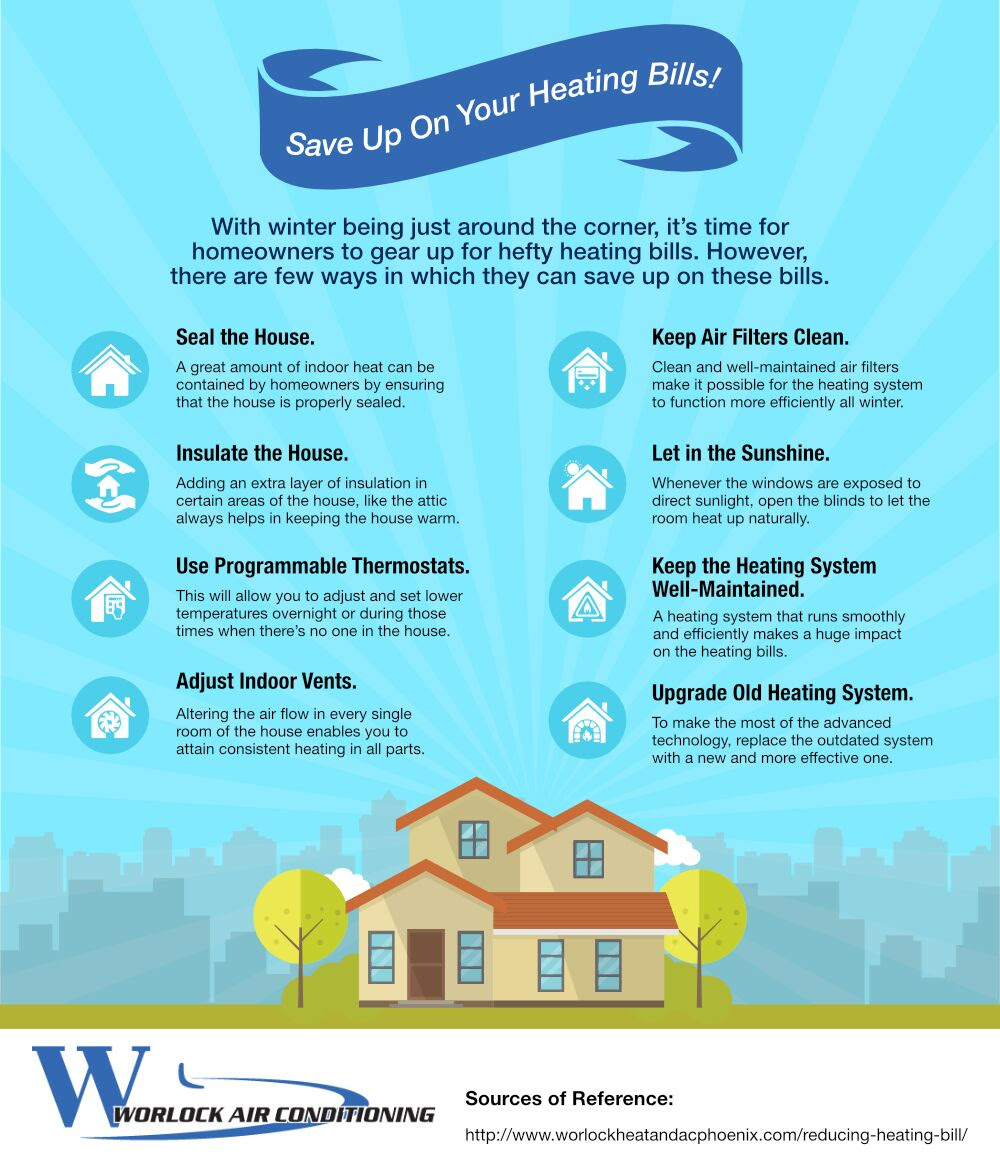Gain Insights Into Making Certain The Efficiency And Longevity Of Your Heatpump System By Avoiding Common Installment Mistakes
Gain Insights Into Making Certain The Efficiency And Longevity Of Your Heatpump System By Avoiding Common Installment Mistakes
Blog Article
Write-Up Created By-Lykke Carson
When setting up a heatpump, you have to steer clear of typical mistakes that can threaten its efficiency. Neglecting correct sizing might lead to ineffectiveness and greater energy prices. Overlooking insulation and sealing can result in power wastefulness and pressure on the device. Moreover, positioning the outdoor unit incorrectly may impact its performance. By preventing these mistakes, you can make certain optimum operating and sturdiness of your heatpump system.
Improper Sizing of Heatpump
When it comes to the setup of heat pumps, among the most usual errors is incorrectly sizing the device for your area. Read the Full Post is critical for ideal performance. If the heat pump is as well small, it will certainly battle to warmth or cool your space effectively, leading to boosted energy costs and possible wear and tear on the unit.
On the other hand, if the heatpump is also large, it will cycle on and off frequently, triggering temperature changes and minimizing its lifespan.
To avoid this blunder, it's necessary to have an expert assess your room and advise the suitable size of the heatpump based upon variables like square video footage, insulation, ceiling elevation, and neighborhood environment. By investing the moment and initiative to make certain the appropriate sizing, you can delight in a comfortable atmosphere while optimizing power effectiveness and lengthening the life-span of your heat pump.
Inadequate Insulation and Sealing
To ensure the effective operation of your heat pump, it's critical to address inadequate insulation and sealing in your room. Proper insulation helps maintain a constant temperature level indoors, minimizing the work on your heat pump. Poor insulation can lead to power loss, making your heatpump job harder and much less efficiently.
Sealing any type of gaps or leakages in your room is similarly crucial. These spaces permit conditioned air to get away and outside air to permeate in, compeling your heat pump to compensate for the temperature fluctuations.
Wrong Placement of Outdoor Unit
Dealing with the placement of your heat pump's exterior system is essential to optimizing its efficiency. Mounting the outside device in a wrong location can result in efficiency issues and potential damage to the device.
One common mistake to avoid is putting the exterior system as well near a wall surface or other frameworks. This can restrict air movement, causing the system to work harder to heat or cool your space, ultimately minimizing its performance and lifespan.
https://devinfauoi.blogdeazar.com/31319732/significant-errors-to-watch-out-for-when-establishing-a-heatpump to steer clear of is placing the outdoor system in direct sunlight. While some sunshine is inevitable, excessive exposure can cause getting too hot, particularly during hot summer season days. https://www.healthline.com/health-news/5-tips-to-beat-the-heat-if-you-dont-have-ac-this-summer to place the exterior system in a shaded location to help maintain its optimal operating temperature.
In https://jaredrerbn.blog5star.com/31610797/heatpump-analysis-choosing-the-optimum-type-for-your-living-area , make sure that the exterior unit is positioned on a steady and level surface area. Irregular ground can trigger vibrations and unneeded strain on the unit, influencing its performance gradually.
Conclusion
In conclusion, staying clear of typical errors throughout heatpump installment is necessary for maximizing performance and long life of your system. By making sure correct sizing, adequate insulation, sealing, and appropriate placement of the outside device, you can prevent concerns such as inefficiencies, boosted energy costs, and strain on the system. Taking the time to address these essential variables will inevitably save you time and money in the long run.
